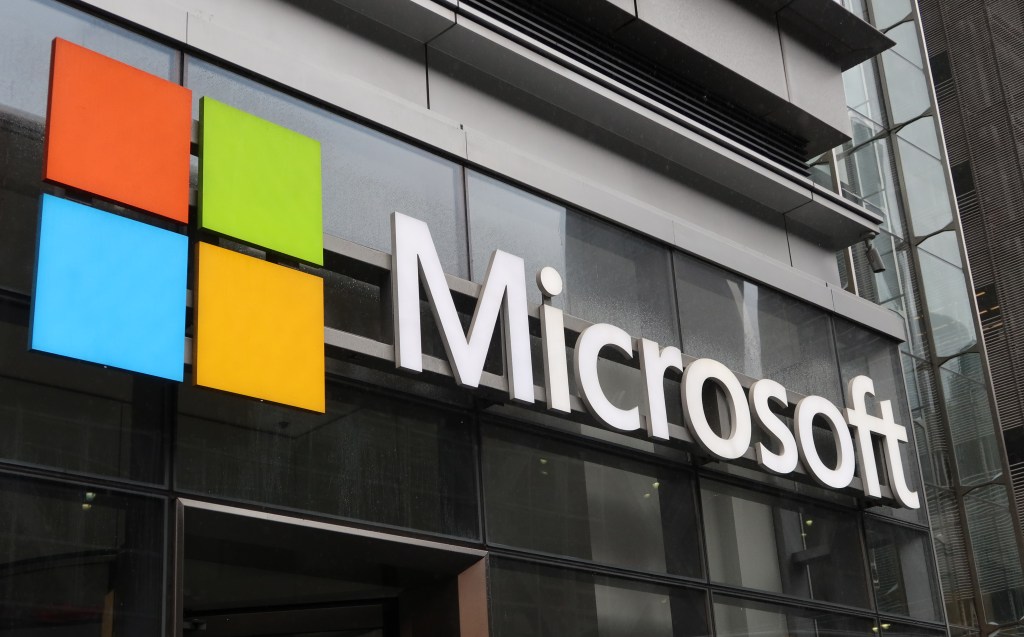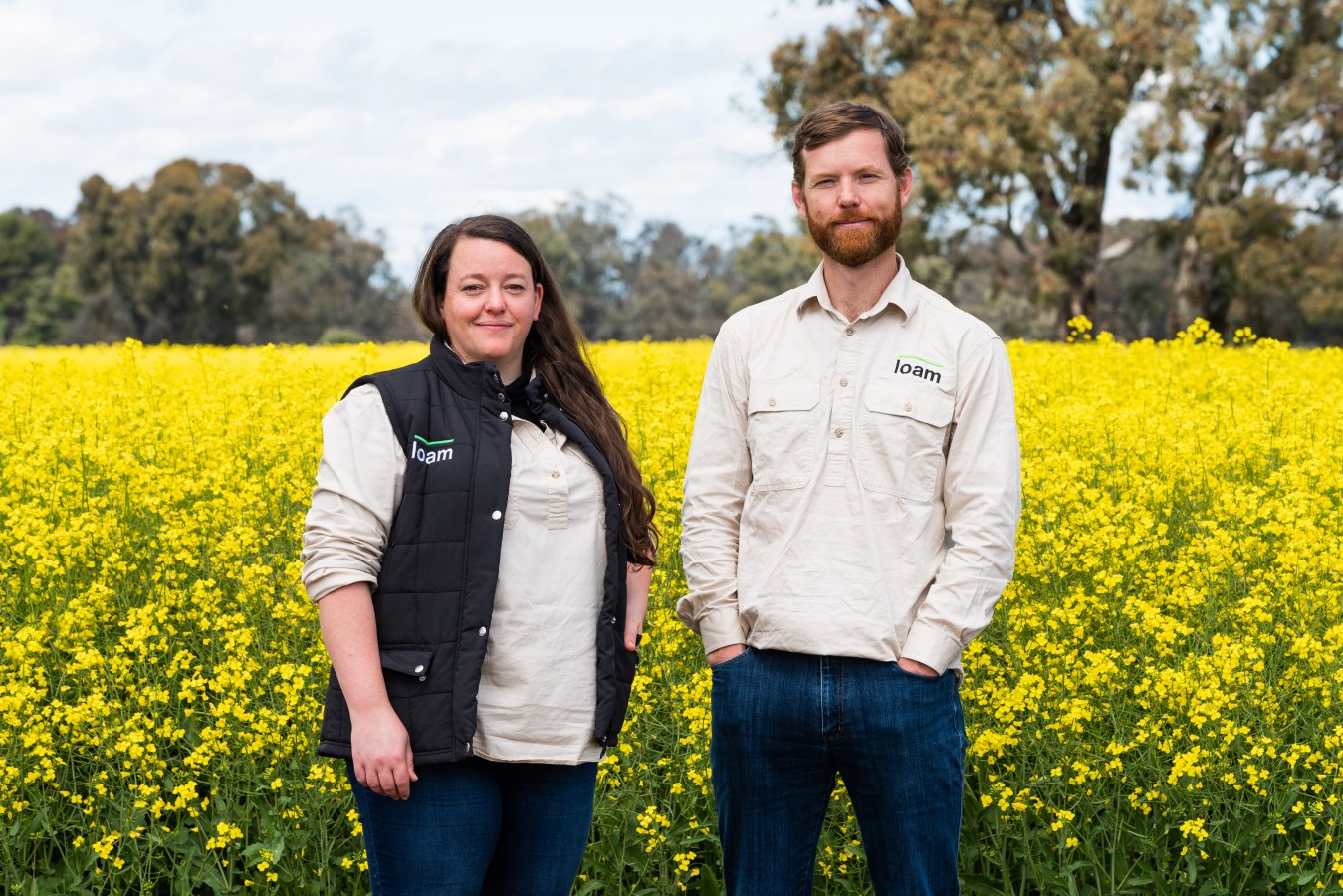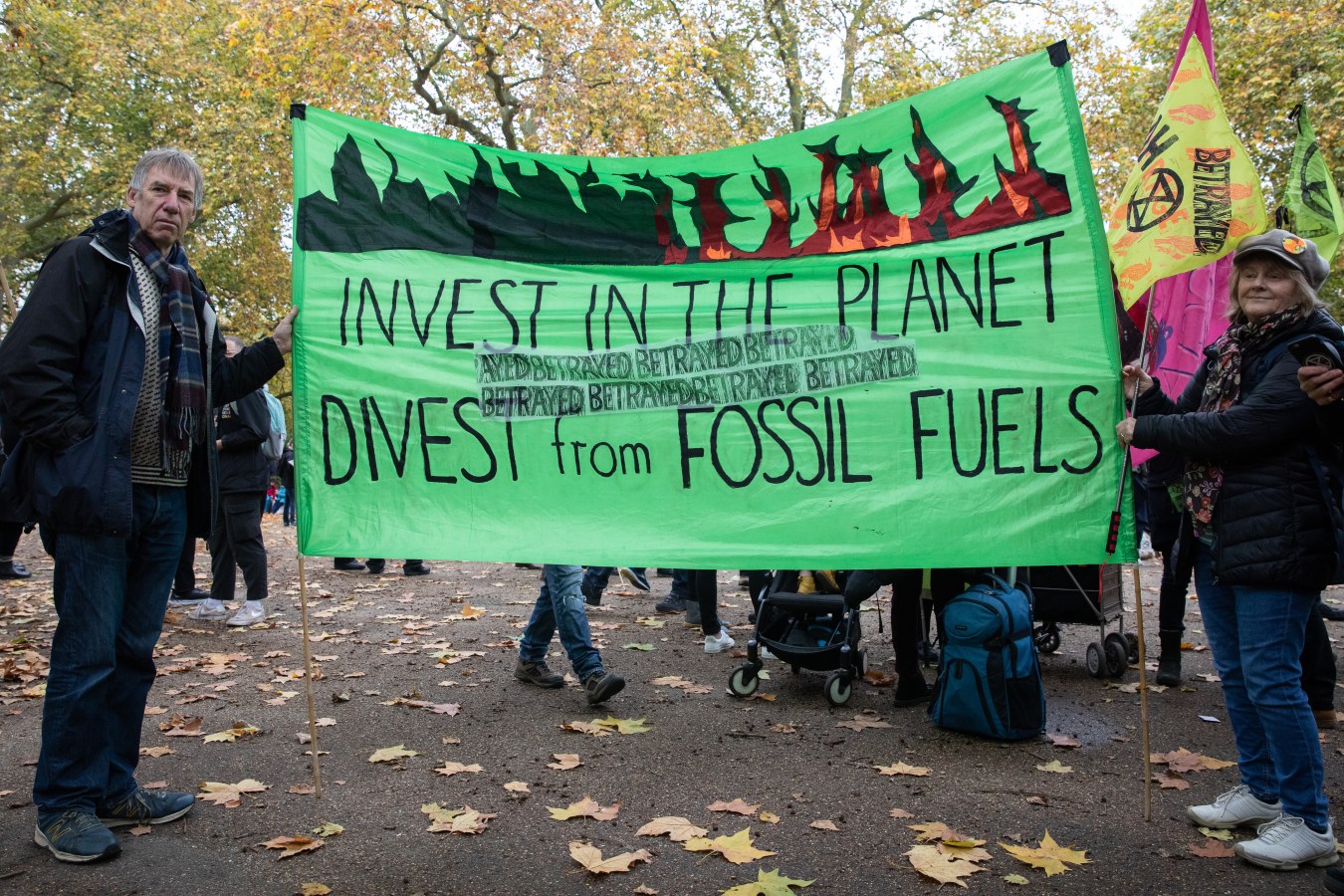At COP27 earlier this year, Microsoft called on global leaders to remain committed to the 1.5-degree target. Meeting this target hinges on one well-researched premise: the world cannot limit warming to 1.5 degrees by relying solely on carbon reduction. We need carbon removal too, writes Brett Shoemaker, Chief Sustainability Officer, Microsoft Australia and New Zealand.

Carbon removal is the process of extracting and storing carbon dioxide from the atmosphere. Research we’ve done with Concordia University and Simon Fraser University in Canada demonstrates that the temporary storage of carbon in nature (in carbon sinks like forests), can have permanent climate benefits by reducing peak warming.
Nature-based solutions, which protect these natural carbon-storing habitats and biodiversity, are therefore vital to complement our efforts in combatting climate change and helping the world achieve net zero emissions.
This is why Microsoft is committed to taking high-quality, nature-based solutions to greater heights, apace with our existing carbon reduction and removal efforts – both internally and with our global partners.
Nature positive: the new global challenge
Short-term, nature-based – or nature-positive – carbon removal can build resilience against climate change. For example, forest and soil restoration prevents flooding and erosion, while mangrove rehabilitation provides buffers against coastal storms.
Nature-positive solutions currently dominate the carbon removal market because they are the most readily available at the lowest cost. However, they also have inherent risks of reversal, meaning that the stored carbon can be released back into the atmosphere due to any changes in the natural habitat. We saw this firsthand when a wildfire burned part of a forest carbon project from which Microsoft purchased credits in 2020.
Reversal is only one of the risks of nature-positive solutions. It is inherently complex to measure and account for the climate benefits of nature-positive investments.
This is why we’re collaborating with scientists, research institutions and other organisations around the world to improve accounting and measuring methods for nature’s contribution to climate solutions.
For example, Microsoft has partnered with Australian startup Carbon Asset Solutions (CAS) to build an innovative digital measurement, recording and verification solution for soil-based carbon credits. In addition, CAS has signed on as a supplier and registry for Microsoft’s new Environmental Credit Service to improve the integrity of global carbon markets.
Related
Combining nature and engineering
Another current constraint of nature-based solutions is that they are considered ‘low-durability’ carbon removal solutions. This is because they sequester carbon for less than
100 years before releasing it back into the atmosphere.
This is where technology and hybrid solutions come in. By bringing together the best in engineering and nature, we can help design nature-based solutions that sequester carbon for hundreds to thousands of years.
For example, biochar is a coal-like substance that is produced when you heat biomass in an oxygen-free environment. It improves the performance of many substances, including composts, fertilisers, animal feed, and building and construction materials. Australian company, Rainbow Bee Eater, has designed a commercial process to produce biochar from organic residue like agricultural crop and timber waste, which would otherwise be land-filled. Microsoft has purchased carbon removal credits from this company to improve the overall durability of its carbon removal portfolio.
We’re also supporting the development of nature-positive climate technologies through our US$1 billion Climate Innovation Fund. Microsoft established the fund in 2020 to identify and invest in solutions that will create meaningful and measurable impact by 2030.
Recognising the need for principles and transparency
The nature-positive movement is complex and not without risks, but it’s also an extremely exciting change that we’re proud to be a part of. Our research and learnings over the past few years have demonstrated that the next decade is about making investments with greater awareness.
Microsoft is also developing its own approaches to mitigating the risks associated with nature-positive climate solutions. For instance, we’re working to incorporate principles such as the 10 golden rules for restoration into our carbon removal program. These rules were set out by scientists from the Royal Botanic Gardens, Kew and Botanic Gardens Conservation International.
As we go forward, Microsoft is more committed than ever to improve standards and safeguards around nature-positive climate solutions, while remaining transparent about how our efforts are managed and the impact they have.
By sharing our journey and lessons learned, we hope that more corporations are inspired to incorporate nature-positive climate solutions into their own sustainability strategies. We all have the opportunity to be customers of, investors in, and donors to these solutions, which will improve our chances of achieving net zero and making a meaningful contribution to combatting climate change.
Look back on the week that was with hand-picked articles from Australia and around the world. Sign up to the Forbes Australia newsletter here or become a member here.



